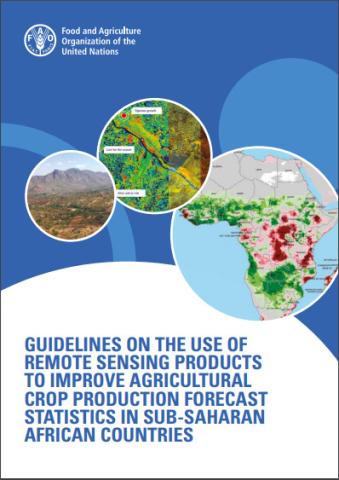
Crop productivity in sub-Sahara Africa (SSA), including Kenya, Senegal and Zimbabwe is below global average levels because production is dominated by smallholder farmers who are constrained by limited access to quality inputs and markets, limited access to credit, low use of appropriate production technologies and high food and energy costs. Despite the importance of crop production, and the associated challenges, Kenya, Senegal and Zimbabwe, similar to other countries in SSA, lack reliable and timely agricultural production forecasting systems to support decision-making at the national to household levels. These Guidelines on the Use of Remote Sensing Products to Improve Agricultural Crop Production Forecast Statistics in Sub-Saharan African Countries have been developed to facilitate the use of freely available remote sensing data and derived agro-climatic monitoring indicators and early warning products to improve crop production forecasting in SSA based on the recent experiences of the pre-selected countries – Kenya, Senegal and Zimbabwe.
The report provides baselines on staple crop zones and their attributes, such as crop calendars and climatic trends, which could form the basis for improved crop assessments and production estimation. There is reasonable statistical correlation between field-based crop production (acreage, yield) assessments with readily available remotely sensed products and crop model outputs, thereby offering new opportunities for more objective approaches for timely and reliable crop production forecasting in Kenya, Senegal and Zimbabwe.
